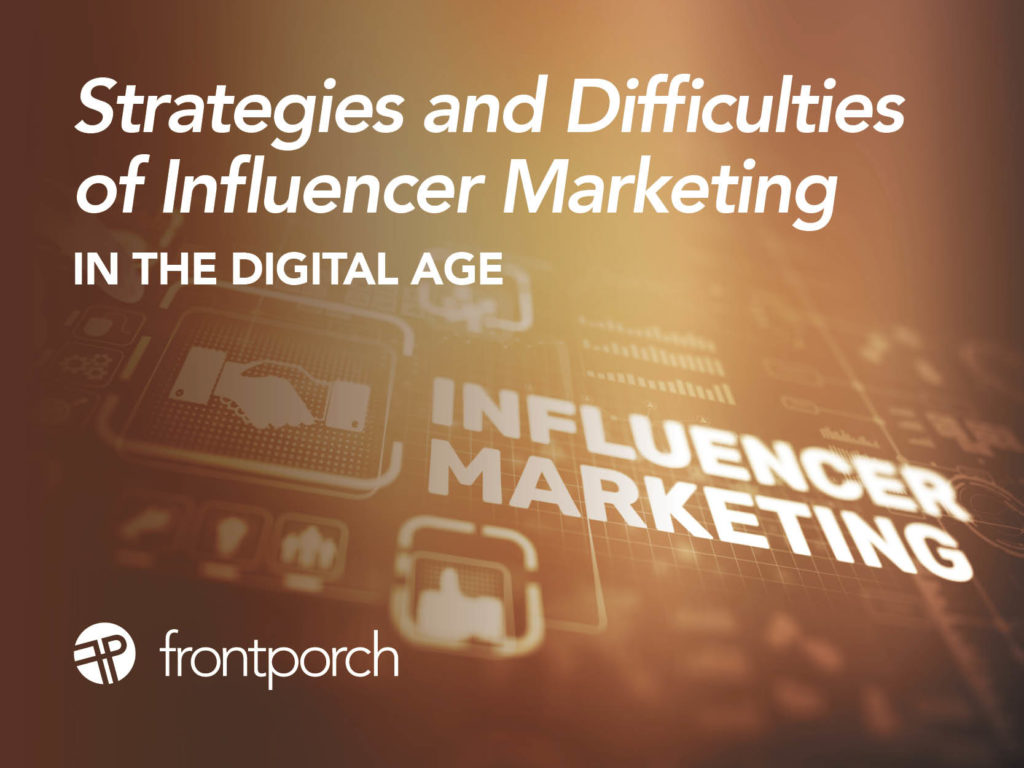
With the rise of social media platforms, influencer marketing has gone through a significant transformation. Influencers have come to be key players in the marketing scene, appearing on platforms like YouTube, Instagram, TikTok, and more. To build more genuine and meaningful connections with their target audience, brands take advantage of the reach and power of these digital personalities.
Evolution of Influencer Marketing
Influencer marketing was simple in the early days of social media. Companies partnered with well-known bloggers and YouTubers to market products using endorsements and reviews. Influencer marketing became much broader as sites like Instagram and TikTok became popular.
Influencers in today’s world can range in size from small influencers with fewer but very engaged audiences to large influencers with millions of followers. With this diversity, marketers can tailor their campaigns to appeal to certain groups and demographics. Influencers are becoming more than just brand ambassadors; they are content creators that include brand messaging into their own personalities and styles to relate to and de-commercialize marketing.
The Challenges Going Forward
Influencer marketing presents challenges even with its benefits. Keeping authenticity is important because audiences can recognize fake endorsements, leading to openness on sponsored collaborations. Since influencers’ behavior might affect related brands, proper screening is important. Return-on-investment tracking can be difficult, requiring companies to use tools and set exact key performance indicators. A brand’s values consistency, popularity, and follower demographics are all important factors to consider when choosing a good influencer.
To sum up, influencer marketing is an effective tool that helps businesses engage with their target audience by providing real and interesting content. Despite the challenges, it can still be an exciting and significant part of current marketing campaigns with proper preparation and successful execution.

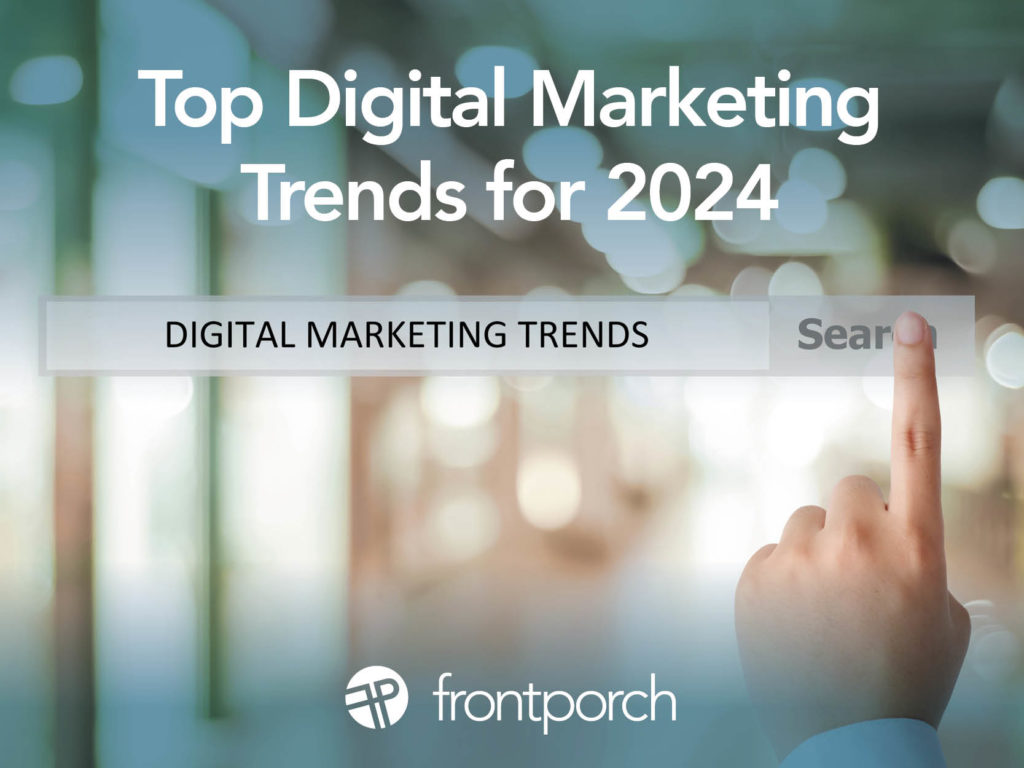
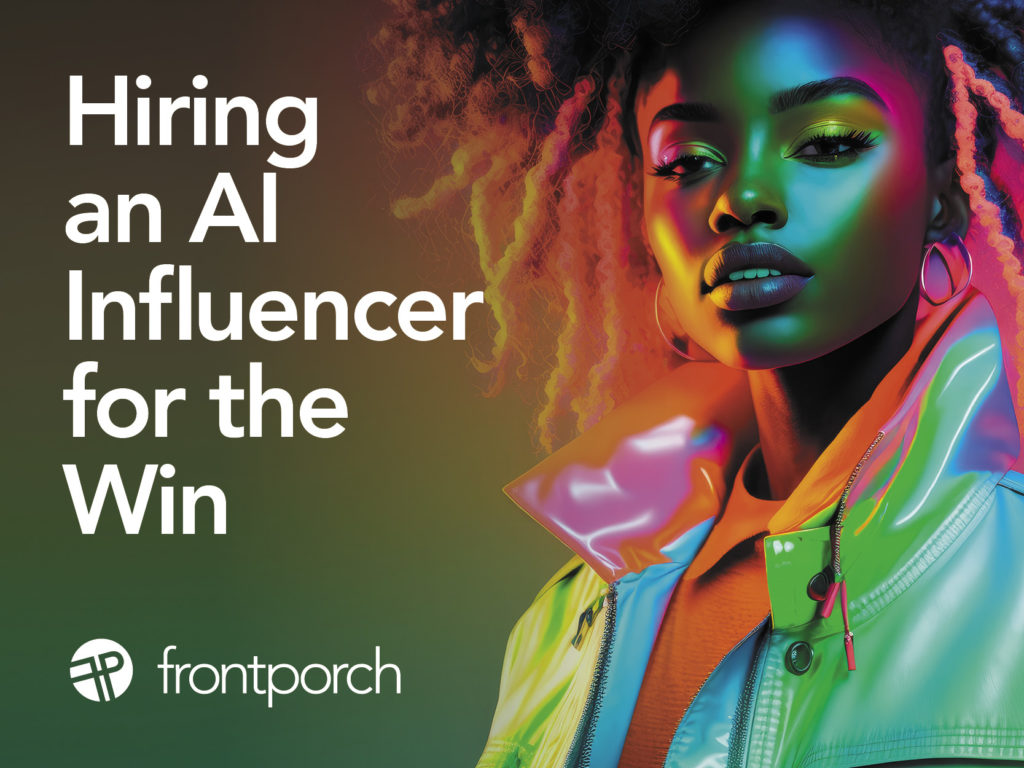

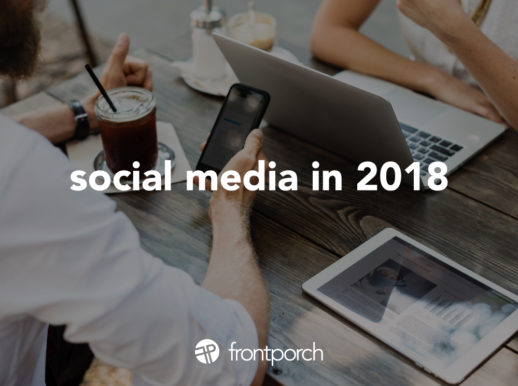
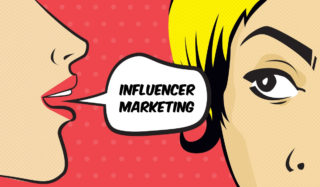 An influencer is someone who acts as a mutual friend, and connects your brand with your target consumers. In today’s technological world, people are exposed to an abundance of purchasing choices, yet they don’t have the time to research them. Instead, buyers rely on friends, acquaintances, and fellow consumers to inform their purchasing decisions. The rise of social media has made it easier than ever for people to find other people who will help give them the information.
An influencer is someone who acts as a mutual friend, and connects your brand with your target consumers. In today’s technological world, people are exposed to an abundance of purchasing choices, yet they don’t have the time to research them. Instead, buyers rely on friends, acquaintances, and fellow consumers to inform their purchasing decisions. The rise of social media has made it easier than ever for people to find other people who will help give them the information. As businesses are planning for the new year, there are several social media trends that appear to be here to stay (at least for now). You should consider these when putting together a strategy for 2018:
As businesses are planning for the new year, there are several social media trends that appear to be here to stay (at least for now). You should consider these when putting together a strategy for 2018: